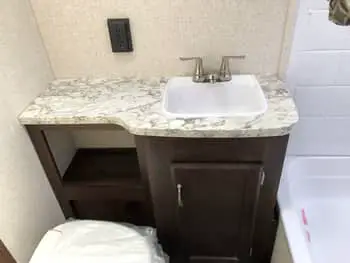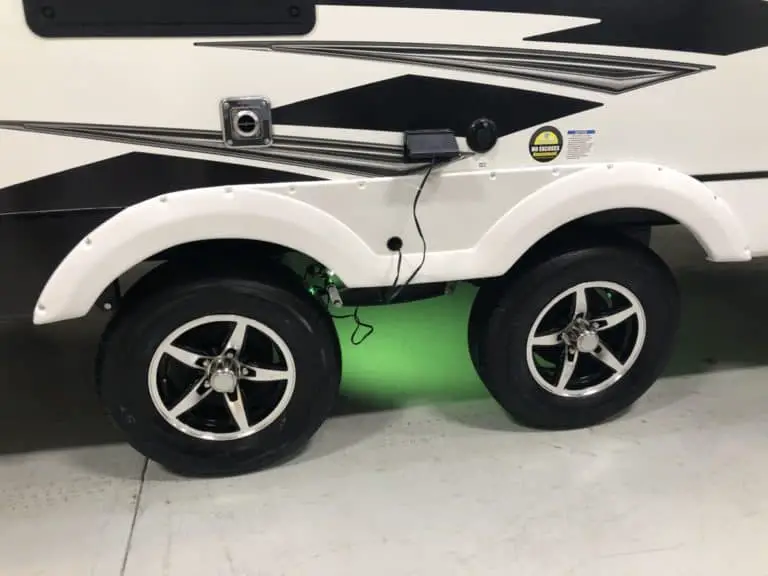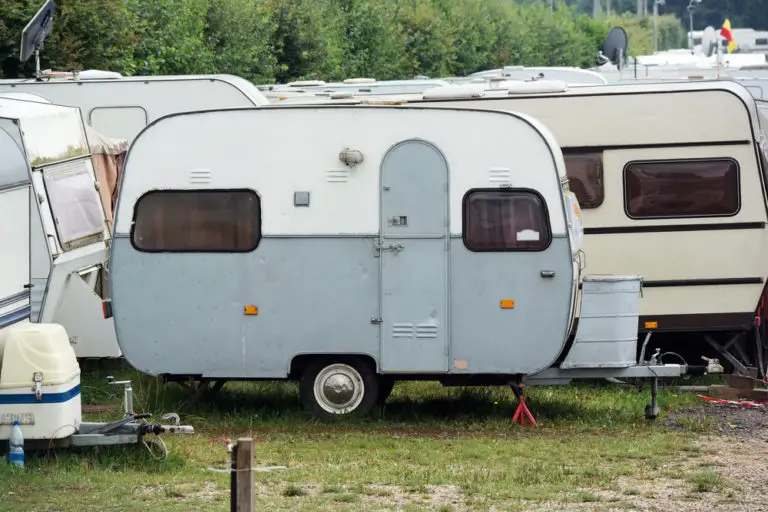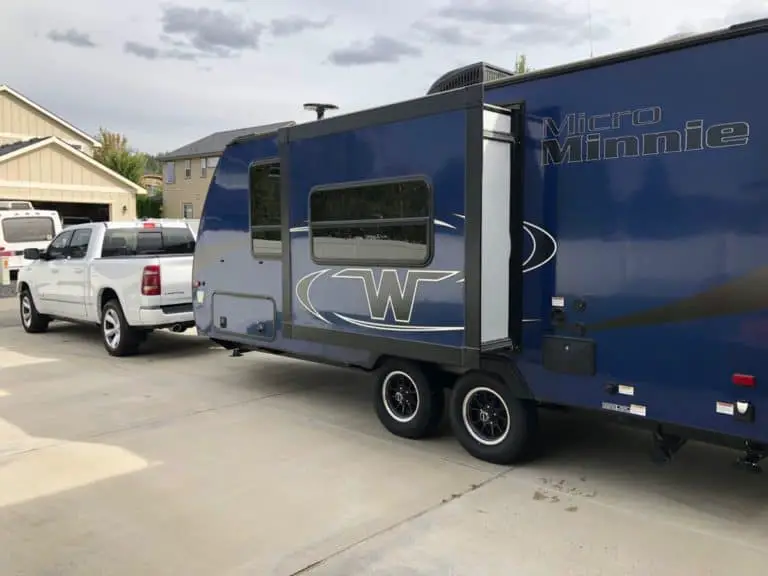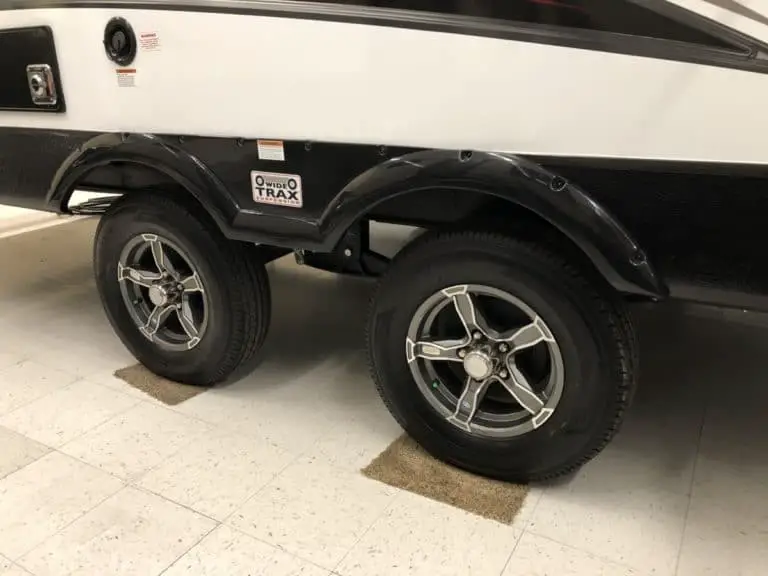Here Are The Differences Between Class A, B, and C Motorhomes
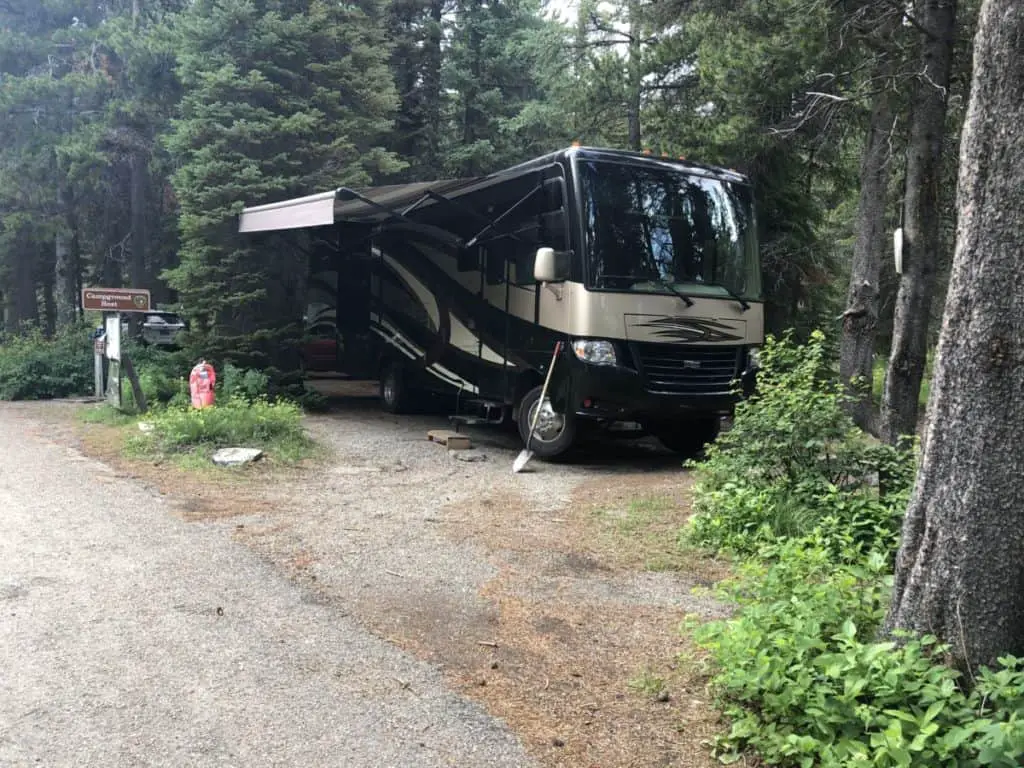
When deciding on which motorhome to buy, you need to learn the basics of the different types of classes of motorhomes. We’ll be diving into the pros and cons of each one, but first, you have to answer the following questions. What type of trips you’ll be taking? How big is your family? Have you ever owned an RV in the past, and of course what is your budget?
Budget can be broken down even further because each class will have a slightly different fuel economy, insurance, and repair costs. Not to mention the luxuries each class possesses.
Do you want an extravagant motorhome or a portable studio apartment, or something in between, and there’s no right answer. Some are easier to drive than other classes but are suited for only day-long road trips. And some are even suitable living quarters for a small family or entourage.
Even if you can afford whichever class you want, it’s still wise to consider everything available as there are an extensive range of models in each class. A CDL is not required to operate a motorhome, the driver needs only regular driver’s license. That said, think carefully about who else you’ll trust behind the wheel of your motorhome, regardless of which class you purchase.
Class A RV
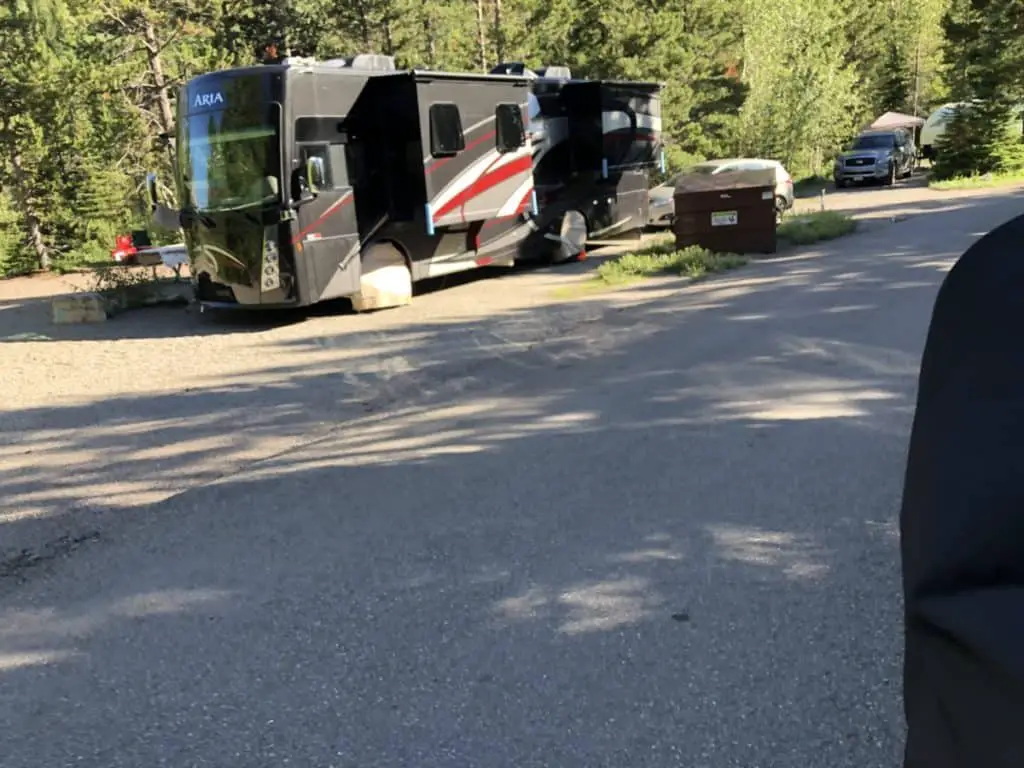
This biggest of the bunch, these are the motorhome which emphasizes the word “home” with how roomy and luxurious they can be. The price ranges from a couple hundred thousand to a couple million dollars. If money is no object, it’s hard to go wrong with this class. But depending on your needs you can still appreciate some of the most costly RVs in Classes B and C.
There are various floorplans available giving these a lot of versatility and customization. Many of the features which are included in a Class A motorhome are found in the average house, such as laundry appliances, an ice maker, home entertainment components, beds, closets, and bathroom with a tub and shower.
These RV’s are perfect for spending extended periods on the road. Not merely because they come loaded with lots of gadgets and appliances but because it’s similar to the experience of a first-class flight but with access to a king-size bed. This is the type of RV many famous musicians use for tours as it feels as if they’re in a mobile mansion. There’s much more storage space than the lower classes and you or your guests won’t feel crowded. If you’re planning on taking a cross-country vacation or two this is one of the most comfortable ways to experience the trip.
Since it is largest of type of motorhome, driving it can prove to be a chore and a half for anyone who is not used to being behind the wheel of such a big, powerful vehicle. Highway driving is surprisingly simple however, part of the reason is the elevated driving position which gives you a great view of the road. Driving along mountain roads can be dangerous even for an experienced driver, however, this is the type of RV in which you won’t mind taking the scenic route. And while they’re extremely heavy, it’s far from driving a tank or a school bus.
Once you’ve parked one of these at a campsite, don’t expect to go anywhere, because it’s not worth it pack up and unhook your RV as simply as B or C can. It also lacks the maneuverability of the smaller classes, so it’s a great idea to tow your car if you can, as this will help you run errands if you’re parked at a campsite. The good news is the class sports a high towing capacity, so it can tow most vehicles and boats. Retirees typically opt for a class A, but it’s great for anyone who appreciates a good motorhome. While fuel economy is low, it’s roughly the same as many Class C’s, so don’t let that alone change your mind.
Pros of a Class A RV
- Well suited to full-timers and long trips
- Perfect for outings with your friends, family or colleagues
- A wide range of upgrades and packages are available
- Has the most Cargo storage space of all RVs
- Great towing Capacity
- Similar Fuel Economy to a Class C RV
- Some of the interiors can be nicer than the average house
- Does a great job of replicating a genuine “home” feel
Cons of a Class A RV
- Most expensive class of RV
- Larger models are not ideal for driving locally
- Storage space for the vehicle can be an issue when it’s not in use
- Clearance problems may arise
Class B RV
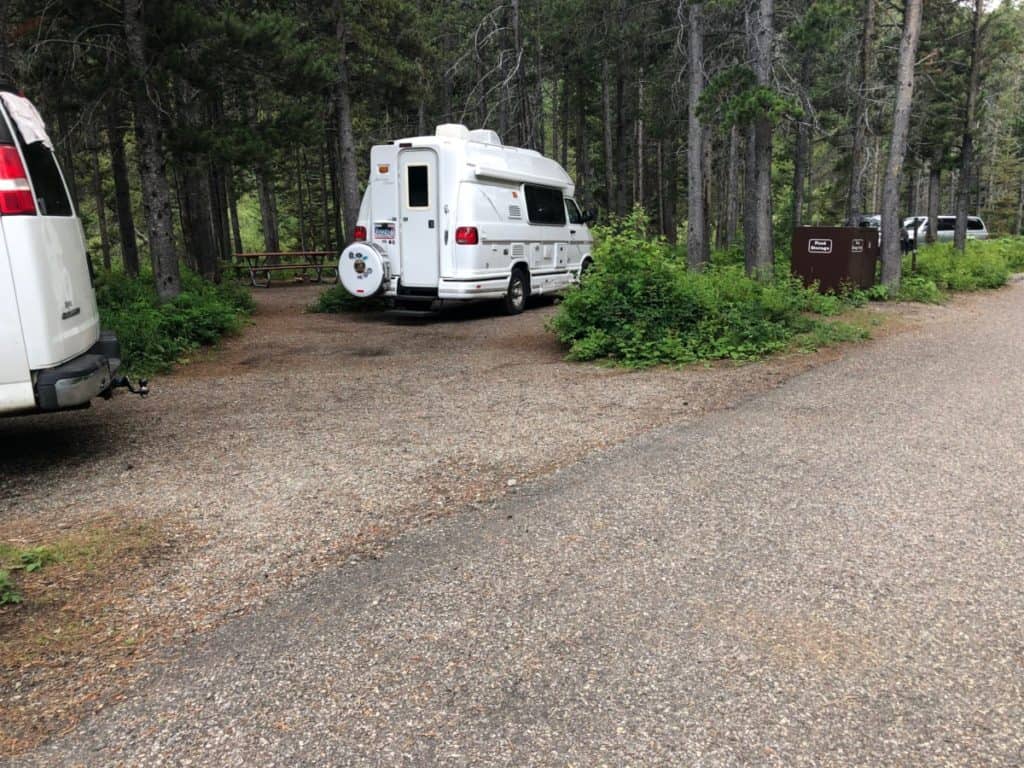
This is the smallest of the trio of motorhomes. While a Class B RV is an incredibly affordable option, there are many highly luxurious models which have lovely interiors and a model look. The price ranges from $40k-$150k and there are plenty of sizes, floorplans, and styles available.
Commonly referred to as camper vans, these are usually converted from vans with a taller ceiling in the place of the original one. Although it’s at the opposite end of the size spectrum which the Class A sits, you can still expect a kitchen, shower, toilet, and other basic features. These are great RVs for people who enjoy traveling but prefer sleeping in a tent or motel during their trip. The small size allows it to be parked anywhere an SUV can park, which is not true of the larger Classes.
They’re also great for small families who need more room than what’s available from an SUV or van. Some of the larger SUVs which seat 7 or 8 people can cost about the same as some campers, but they lack the cargo space, standing room, and other features which were listed above. If you choose a Class B over an SUV, you won’t regret the decision.
Repair, insurance, and fuel costs are typically lower than RVs of the other classes, which makes sense. The average Class B RV can get from 10-20 miles per gallon but do your homework. Some Class A’s and C’s can get up to 10 miles per gallon. If you get one of these, get one with good gas mileage. Due to the price range and fuel economy, it’s possible to find a modest Class C RV for the total cost of owning a top-notch B. So don’t let your budget dictate what you should buy. You should base your choice on what’s best for you and your family.
Pros of a Class B RV
- Great for couples, small families, or lone wolf-types
- It handles like a van
- Can be used for day-to-day driving, unlike the other classes
- Fits perfectly into standard parking spaces, driveways, and Garages
- Capable of reaching campsites the large RVs must avoid
- A very economical option for a 2nd family vehicle
Cons of a Class B RV
- Three’s a Crowd inside of these
- Fewer Luxuries and Entertainment features
- Only suited for short trips
Class C RV
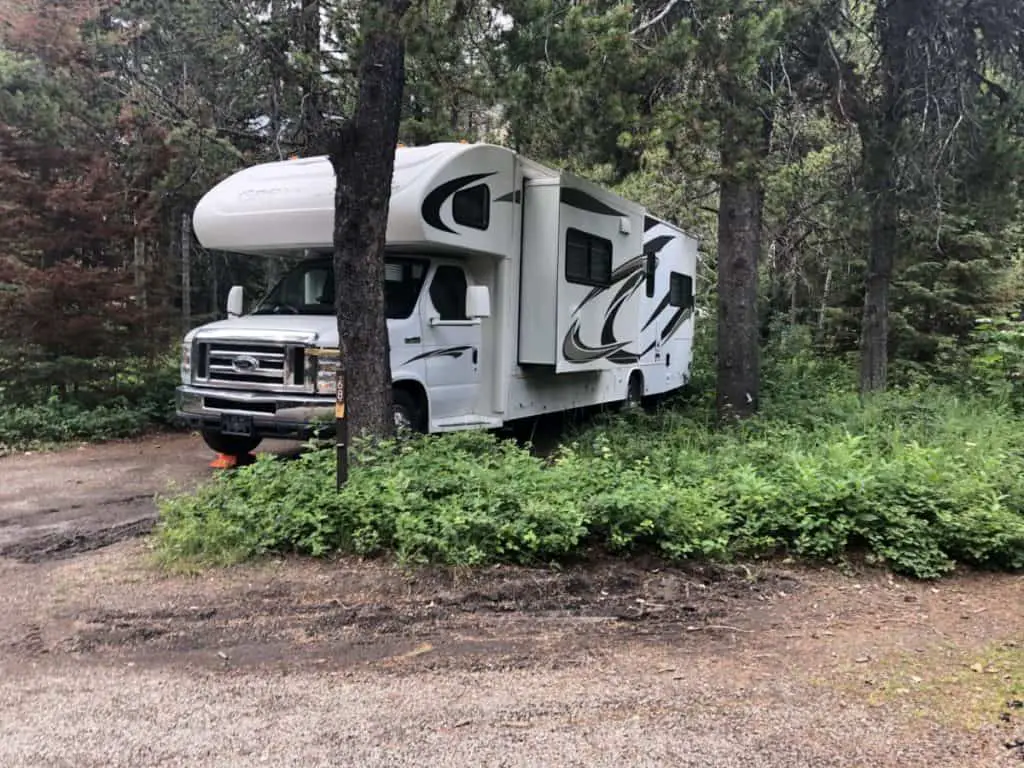
Many people consider a Class C RV a happy medium when shopping for an RV. They tend to range from 20-33 feet long and cost between $40k and $450k. Some can be surprisingly inexpensive, even costing less than a high-end Class B model. On the same note, this class features models with lots of customization which can make your RV truly unique. So you should consider how much space you need and how much time you plan on spending on the road. If you’re looking to make it your home, you might want to step up to Class A motorhome.
There’s a wide range of sizes and features available. Expect many of the benefits of the two classes without some of the things which plague their owners. For starters, it’s easier to maneuver than a Class A and most have a similar towing capacity. You can sleep in a bed, but don’t expect to have a massive master bedroom or as many slideouts, unlike a Class A. Repairs, cost much lower than the A’s and it can fit into places A’s have to avoid. It’s also much easier to remain low key in great secluded areas in the wilderness, while an A might draw too much attention.
While they can are extremely customizable, don’t expect every amenity which comes with most Class A’s such as an ice maker, washer or dryer. However, you will get the necessities such as a bed, kitchen, and enough space for up to 6 people to sleep in comfort. The bathroom is smaller than what you get with a Class A motorhome but still comes with a shower.
Pros of a Class C RV
- Is as simple as driving a moving truck
- Can fit into places Class A’s can’t
- Decent Gas Mileage
- Most are a House on wheels, in a good way
- Ample Cargo Space and Interior Space
- Easier to Heat or Cool than a Class A due to the smaller windshield
- The cockpit construction makes it safer than Class A’s
Cons of a Class C RV
- Models with a lot of rear over-hang require some skill when turning
- Parking in normal spots isn’t always possible
- The biggest ones share some of the same spacial cons as a Class A RV
- Fulltimers might end up wishing they bought a Class A
Be the first to be notified about FREE tips, hints, coupon codes, and email-exclusive information. All for FREE!






